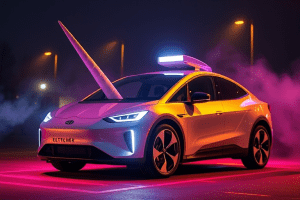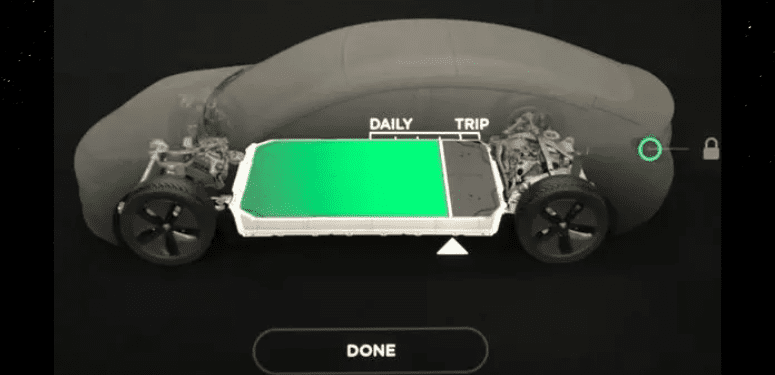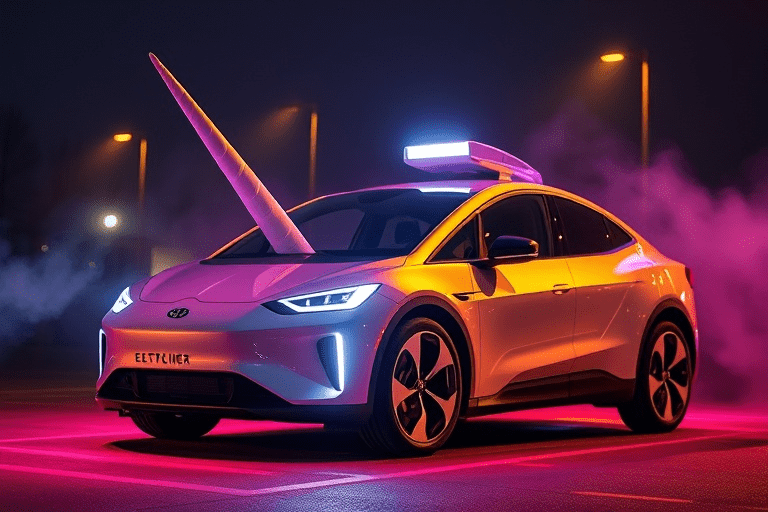Regina, Saskatchewan — A Saskatchewan couple among the first residents to purchase an EV in the province are speaking out against the slow progression of electric vehicle infrastructure in Saskatchewan.
Glenn and Shannon Wright were among the first 40 EV registrants in Saskatchewan and, while the couple is thrilled about how much they’ve saved in gas since switching (an estimated $21,000), they’re none too pleased with how slow the province has been to add new EV infrastructure.
“There was very little charging infrastructure [when the EV was first purchased]. It was very difficult,” Glenn told CBC News. “It’s not accelerating like I would have hoped…yet I see new gas stations.”
He blames widespread misinformation for Saskatchewan’s slow adoption; the province has about 1,400 EVs registered, according to SGI. For comparison, Statistics Canada says Manitoba has about 1,500 EVs registered; Nova Scotia has approximately 1,900. Saskatchewan, 1.2 million; Manitoba, 1.3 million and Nova Scotia, just under one million.
Data from Natural Resources Canada Electric Charging and Alternative Fuelling Stations Locator says Saskatchewan has about 120 charging stations (physical sites, not charging units), while Manitoba and Nova Scotia have about 150 and 200, respectively.
Glenn says, in his mind, there are only two highways in Saskatchewan that are well-serviced with charging stations: Highway 1 and Highway 16.
“Beyond those two, it’s much more difficult to find reliable charging infrastructure.”
He also noted that there are many areas with almost no Superchargers (and only a few Level 2 chargers) on the route to Meadow Lake, La Loche, La Ronge and anywhere north of those towns.
“Many drivers have to take a detour to Swift Current from Saskatoon. There is no infrastructure on the direct path from Saskatoon to Calgary,” he added.
An EV owner and professor at the University of Saskatchewan echoed this statement, telling the CBC that “Saskatoon is probably one of the worst populated zones in North America [when it comes to EV charging infrastructure].”
“Roads to Kindersley, Rosetown, all the way to Calgary, have no Superchargers or Level 3 chargers of any kind.”
Many towns are also proving resistant to change. Glenn referenced a recent decision in the central Saskatchewan town of Nipawin, where residents overwhelmingly opposed a move to install three charging stations.
“Not installing charging in Nipawin is hurting the community from tourism dollars, and it’s making it less accessible for people.
“It’s sort of like 1950 where a community is saying, ‘We don’t want the power to run through the community,’ not realizing the benefits that could come with it…it’s unfortunate that Nipawin made that decision. They will regret it,” said Glenn.
Nipawin is a popular fishing spot; EV owner and avid fisherman Jim Clifford said he won’t be taking any trips to the town as long as charging infrastructure is lacking.
“The biggest pike I ever caught was at the dam in Nipawin. I am probably not going to go there unless there is EV infrastructure. I might rather go fishing near Prince Albert, where there’s infrastructure.”
Another EV owner said he’d rather spend his tourism dollars in “more progressive communities.”
Scott McGregor, a spokesperson for SaskPower agreed with the EV owners’ sentiments to the CBC. He said the company has awarded 20 communities funds up to $200,000, intended to install fast chargers. Six contracts have been given: in Davidson, Outlook, Prince Albert, North Battleford and Yorkton. The company, however, does not track the number of or locations of charging stations in Saskatchewan.
What do you think? Should Saskatchewan be more progressive in installing EV chargers, or are the Prairies not cut out for EVs?






























